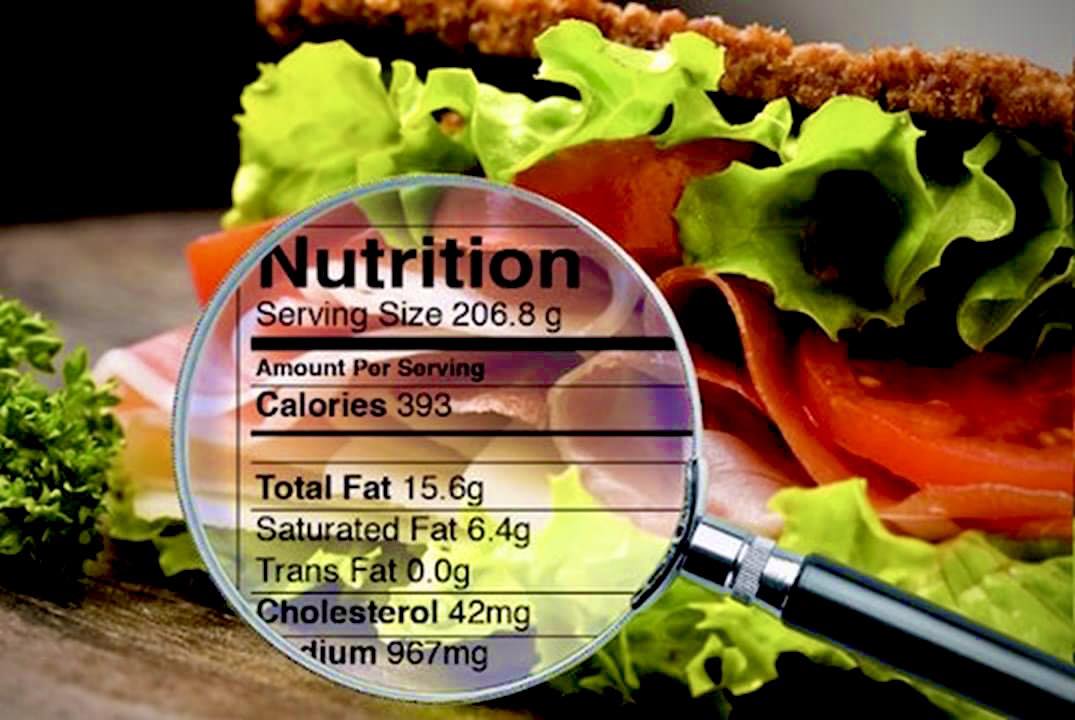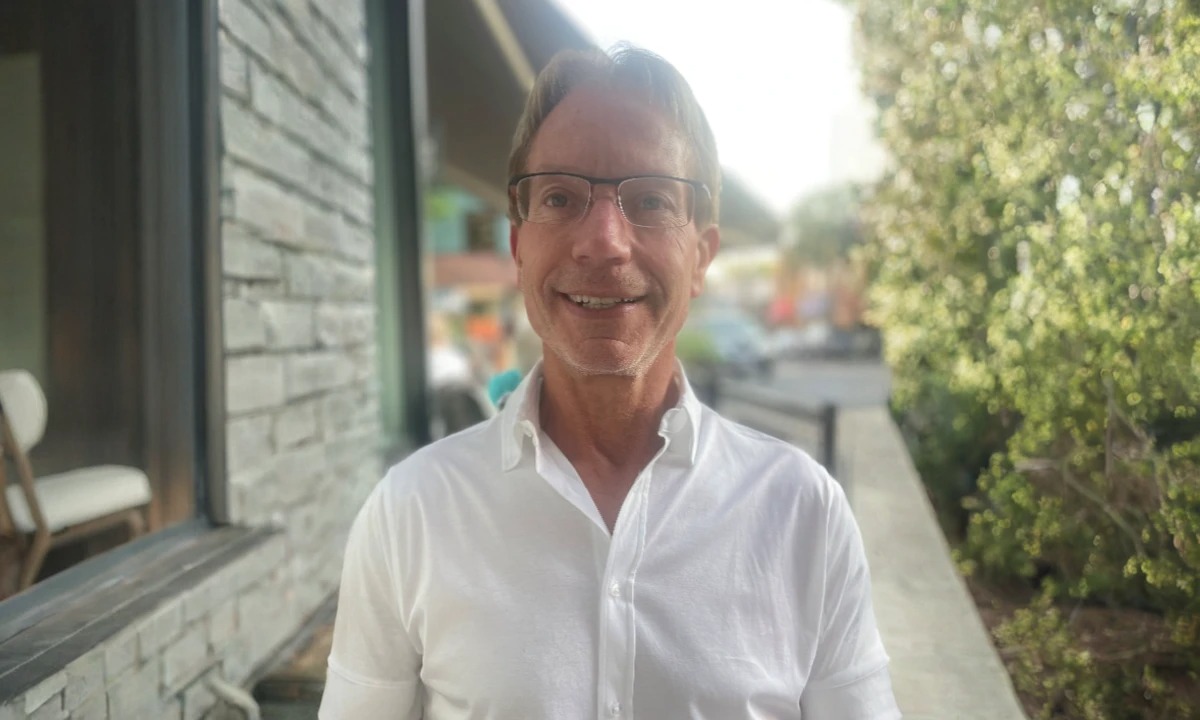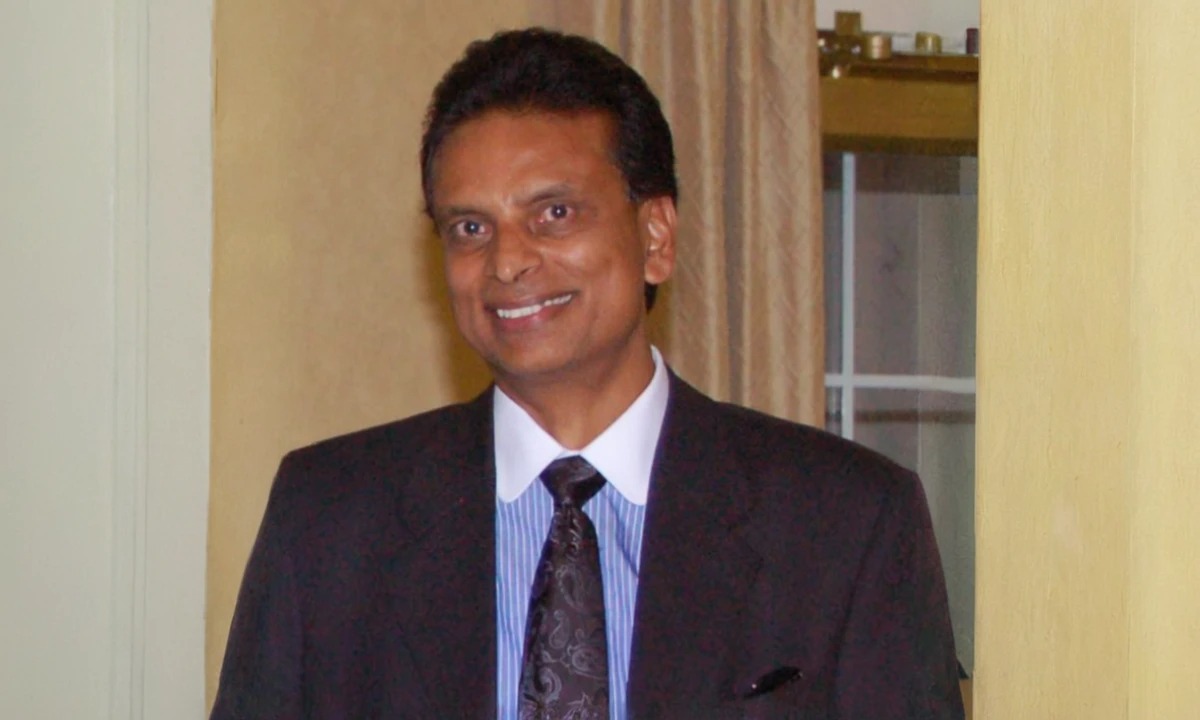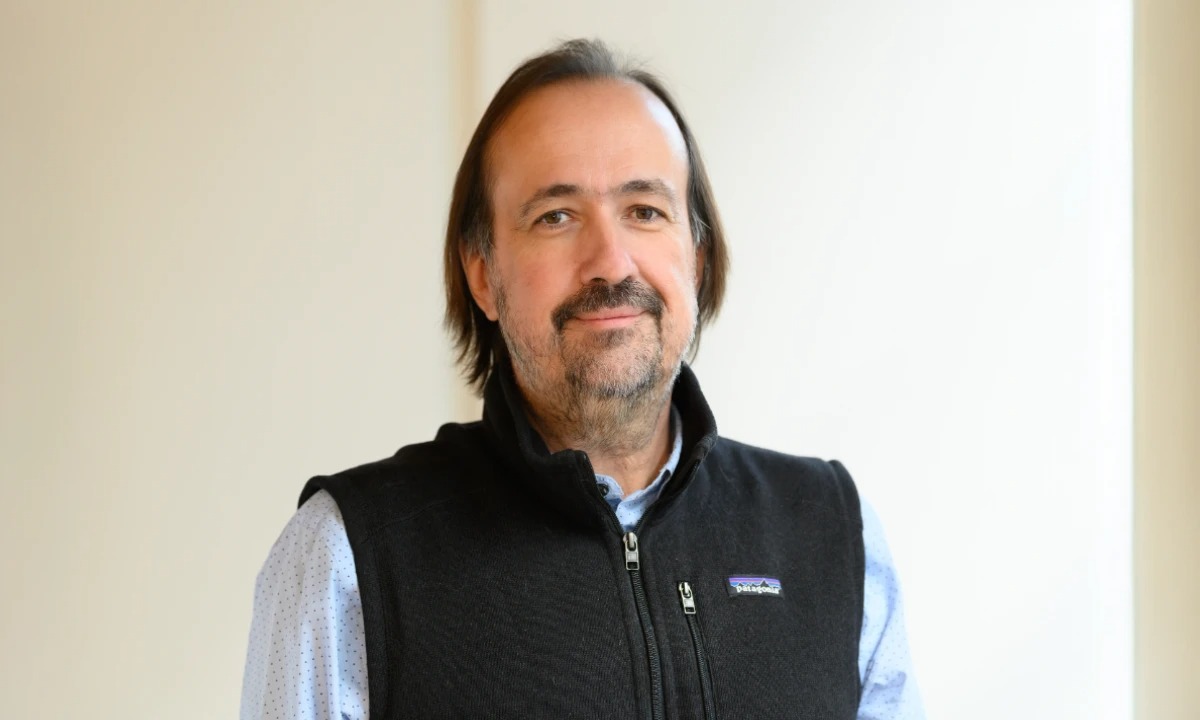Physical inactivity has long been a burden on global public health, contributing to an array of noncommunicable diseases and straining economic resources. Yet, creating large-scale interventions that engage whole communities while being cost-effective remains a challenge. Traditional approaches, like mass participation events, have been proposed, but they often fail to reach the most inactive populations. Moreover, while such events can provide a temporary boost in life satisfaction, the effects tend to diminish, leaving room for more sustainable solutions.
Parkrun, a free, weekly 5-kilometer social run or walk, has emerged as a potential answer to this challenge. Launched over two decades ago, parkrun now operates in 22 countries and engages hundreds of thousands of participants weekly. Its model stands out because it doesn’t just aim to attract experienced runners—it invites everyone, including those who have been inactive for years, to participate at their own pace. This inclusivity, paired with regularity, has given parkrun the unique ability to promote long-term engagement in physical activity, leading to sustained improvements in physical health, mental well-being, and overall life satisfaction.
The Global Model of Parkrun: From Local Effort to Worldwide Impact
Initially conceived in 2004 as a local community run in Bushy Park, London, parkrun started with just 13 participants. The event, founded on the principle of accessibility, quickly grew through local word-of-mouth and modest advertising efforts. The structure is simple but effective: runners or walkers complete a 5-kilometer course and receive a time for their effort, creating a sense of personal achievement. What differentiates parkrun from other mass participation events is its regularity, the absence of any financial barriers to entry, and its community-based approach. It requires no registration fees or equipment, offering a space where people of all fitness levels can engage without feeling excluded or intimidated.
The World Health Organization (WHO) has recognized parkrun’s capacity to foster long-term changes in physical activity and endorsed it as a public health intervention. It is noted for reducing barriers to exercise by being socially and culturally adaptable, scalable, and, most importantly, free. Unlike more isolated events like marathons or one-time races, parkrun’s weekly schedule allows individuals to build a habit of regular physical activity, which is crucial for long-term health benefits.
Life Satisfaction and Physical Health: Parkrun’s Broader Impacts
A significant body of evidence has emerged regarding the broader health benefits of parkrun participation. A cross-sectional study of roughly 60,000 parkrun participants showed that those who were previously inactive experienced notable improvements in physical and mental health, lifestyle changes, and a heightened sense of achievement. These findings are particularly important in the context of public health strategies that aim to reduce physical inactivity. The sustained engagement in parkrun has been associated with improvements in fitness, reductions in body mass index, and even positive changes in mental well-being.
Beyond the participants who run or walk, volunteers – who never complete the course themselves – also report benefits. These include increased social interaction and a sense of contributing to a shared community goal, which has been linked to enhanced mental well-being. These findings suggest that the parkrun model creates a ripple effect of well-being across all involved, making it a powerful tool for tackling inactivity at a population level.
Cost-Effectiveness and Public Health: The Economic Impact of parkrun
When evaluating public health interventions, cost-effectiveness is a critical metric. Traditionally, economic benefits are calculated based on long-term savings in healthcare costs and other downstream effects. However, in recent years, there has been a shift toward measuring success through the lens of subjective well-being, such as life satisfaction.
In the case of parkrun, the introduction of the WELLBY (well-being adjusted life years) metric provides a new way to quantify the value of well-being improvements. For every one-point increase in life satisfaction per person per year, the estimated economic value is around £13,000. In a longitudinal survey conducted in the UK, newly registered parkrunners showed a substantial rise in life satisfaction after just six months, with the least active participants exhibiting the most significant gains.
This data suggests that parkrun, through its simple yet effective model, can deliver a return on investment far exceeding traditional public health interventions. For every pound spent on organizing parkrun, the social return—measured in improved well-being—is estimated to be nearly 100 times greater. This makes it a highly attractive option for governments and health organizations looking to invest in cost-effective solutions to improve population health.
Challenges in Scaling the Parkrun Model: Reaching the Most Inactive
Despite its success, parkrun still faces challenges, particularly in reaching the most inactive populations. While the free, community-oriented nature of the event removes many barriers to participation, there are still social, cultural, and psychological hurdles that prevent some people from taking part. For instance, individuals with long-standing inactivity may feel intimidated by the idea of joining a group run or might struggle with the self-confidence needed to participate.
Moreover, while parkrun has been shown to increase life satisfaction and improve health outcomes, these benefits may not be as pronounced for individuals who are already highly active. For them, parkrun may simply replace other forms of physical activity rather than create new habits. This raises the question of how best to target interventions like parkrun to those who stand to gain the most. Future strategies might focus on personalized outreach efforts or collaborations with local healthcare providers to engage individuals who are otherwise unlikely to participate.
Toward a Future of Precision Public Health
The success of parkrun highlights a broader trend in public health toward interventions that are scalable, inclusive, and focused on well-being. By providing a simple, cost-effective platform for sustained physical activity, parkrun has demonstrated how community-based initiatives can be leveraged to improve life satisfaction and reduce the burden of inactivity.
As public health continues to evolve, initiatives like parkrun could serve as a model for the next generation of health interventions. By focusing not just on physical activity but on social engagement and mental well-being, these programs are poised to play a central role in the future of public health, offering an integrated approach to tackling the growing epidemic of physical inactivity and its associated health risks.
Study DOI: https://dx.doi.org/10.1371/journal.pgph.0003580
Engr. Dex Marco Tiu Guibelondo, B.Sc. Pharm, R.Ph., B.Sc. CpE
Editor-in-Chief, PharmaFEATURES

Subscribe
to get our
LATEST NEWS
Related Posts

Sleep, Nutrition & Exercise
The Microalgae Revolution: Unlocking Sustainable Nutrition and Health Solutions
Microalgae represent a transformative solution to the challenges of feeding a growing population sustainably.

Sleep, Nutrition & Exercise
Breathing Easier with Omega-3: A Promising Link to Lung Health
The NIH-funded study highlighting the potential connection between omega-3 fatty acids and lung health marks a significant stride towards precision nutrition.
Read More Articles
Myosin’s Molecular Toggle: How Dimerization of the Globular Tail Domain Controls the Motor Function of Myo5a
Myo5a exists in either an inhibited, triangulated rest or an extended, motile activation, each conformation dictated by the interplay between the GTD and its surroundings.













